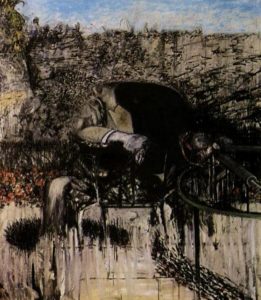
1909 - 1992
Francis Bacon
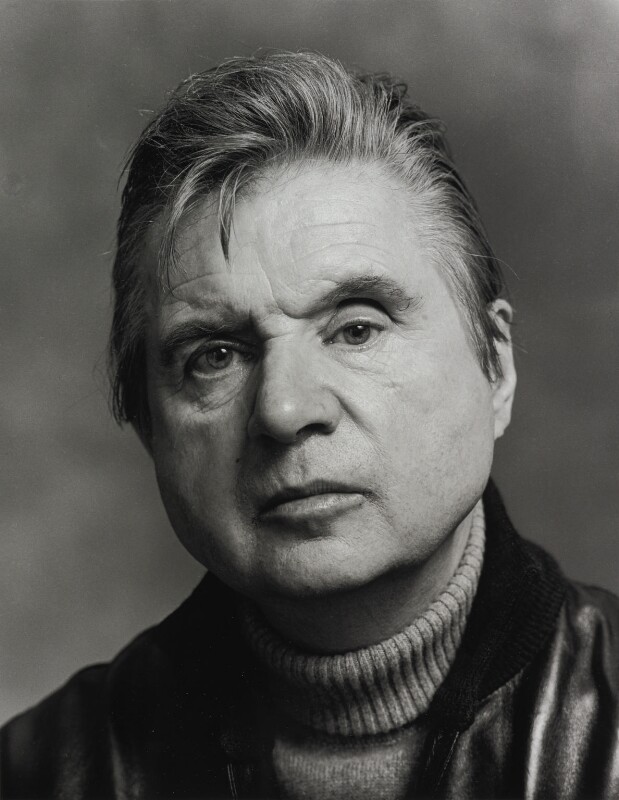
description
An English Expressionist artist, portraitist, one of the most popular and expensive artists of the mid-twentieth century.
He belonged to an ancient but ruined family, and the artist was named after his famous ancestor, English philosopher and scholar Francis Bacon. Due to poor health and the First World War, the boy did not receive systematic education and did not study painting professionally. The artist’s father was a strict and despotic person, as a result, at the age of 17, Francis left his parents’ home because of disagreements with him.
Francis Bacon was a controversial and mysterious painter, whose work received sincere admiration of some people, while a clear rejection and even disgust of others. The artist’s paintings depicting distorted human bodies, shapeless faces and the parts of various animals, not only convey the author’s personal inner world, but also reflect the features of that time and the lifestyle of the society in which he lived. The bold and shocking works of Bacon are very popular, received many prestigious awards and are exhibited in the most famous galleries of England, the USA, Germany and Russia. Unconventional work of the artist has a large number of followers around the world.
Key ideas:
– Francis Bacon’s paintings often represent images of human bodies or animals that can be arranged in groups or in solitude, be in motion or be static on an empty monophonic background. Special features of these works make strange distortion of objects – in elongated, deformed, twisted forms. Sometimes it is difficult to disassemble parts of the body or human face in smeared outlines.
– The paintings of Bacon have a profound effect on one’s psyche, cause feelings of anxiety and even fear. Often there are spots of blood or dirt, which exacerbate the eerie effect in the pictures.
– Nevertheless, the art of the painter did not set frightening or shocking the viewer as its goal. With the help of unusual and sometimes shocking methods, Bacon depicts the senselessness of human existence, the tragedy of death, the pain of loss, which was very relevant after World War II. Sometimes the artist simply experiments with the form, plays with its various parts, composing a strange and fascinating mosaic in his works. Thanks to these studies, he tried to reliably depict various states of the psyche and shades of the perception of the surrounding world.
– One of the favorite genres of the British man is the triptych. The artist believed that for the most complete reflection of one idea or another, it should be depicted in several foreshortenings, variations, emotional states. Bacon said that he sees the world around him consistently, incrementally, like a photographer. Indeed, many of his triptychs, especially portraits, resemble several pictures of the same model taken in a row with a difference of several seconds.
– Francis Bacon worked in his own unique method. He never painted canvases from nature, preferring to reproduce people’s faces from photographs. He also often used newspaper clippings as materials for his stories. For the artist, it was not important how reliably the image looks and how much the portrait looks like a real person.
– The most important for him was expressing emotions, his attitude to the depicted subject, its true nature, however unsightly it might seem to be. It is in this sincere and deeply personal attitude, according to many admirers of the talent of Francis Bacon, is the secret of his success and popularity throughout the world that does not decrease with time.
1909
1927
1933
1940
1944
1962
1970
1980
1992
The birth of the artist
He went with his relatives to Berlin
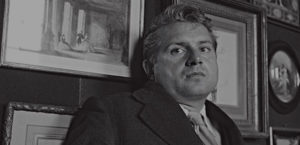
Participated in the collective exhibition at Mayor Gallery
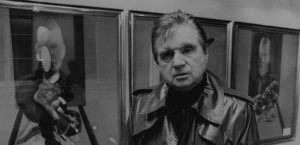
He met Lucien Freud
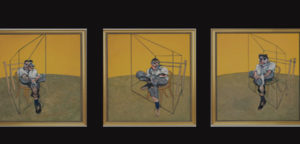
"Three sketches for figures at the foot of the crucifixion"
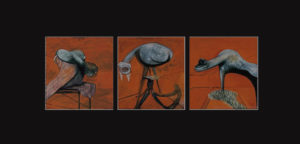
The large personal exhibition of the artist
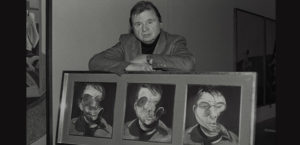
The artist fell into a deep depression

The artist concentrated mainly on portraits

The death of the artist

Francis Bacon
On Artist
flow
Cubism
Abstractionism
Surrealism
Expressionism
friends
Lucian Freud
artists
Pablo Picasso
Vincent Van Gogh
Egon Schiele
Chaim Soutine
Rembrandt
Diego Velazquez
Paul Cezanne
Graham Vivian Sutherland
Matthew Smith
Michelangelo
Titian
Jean Auguste Dominic Ingres
By Artist
flow
Abstract expressionism
Neo-expressionism
friends
Andy Warhole
artists
Giovanni Giacometti
Damien Hirst
Julian Schnabel
David Lynch
Alberto Sughi
Lucy Ivanova
